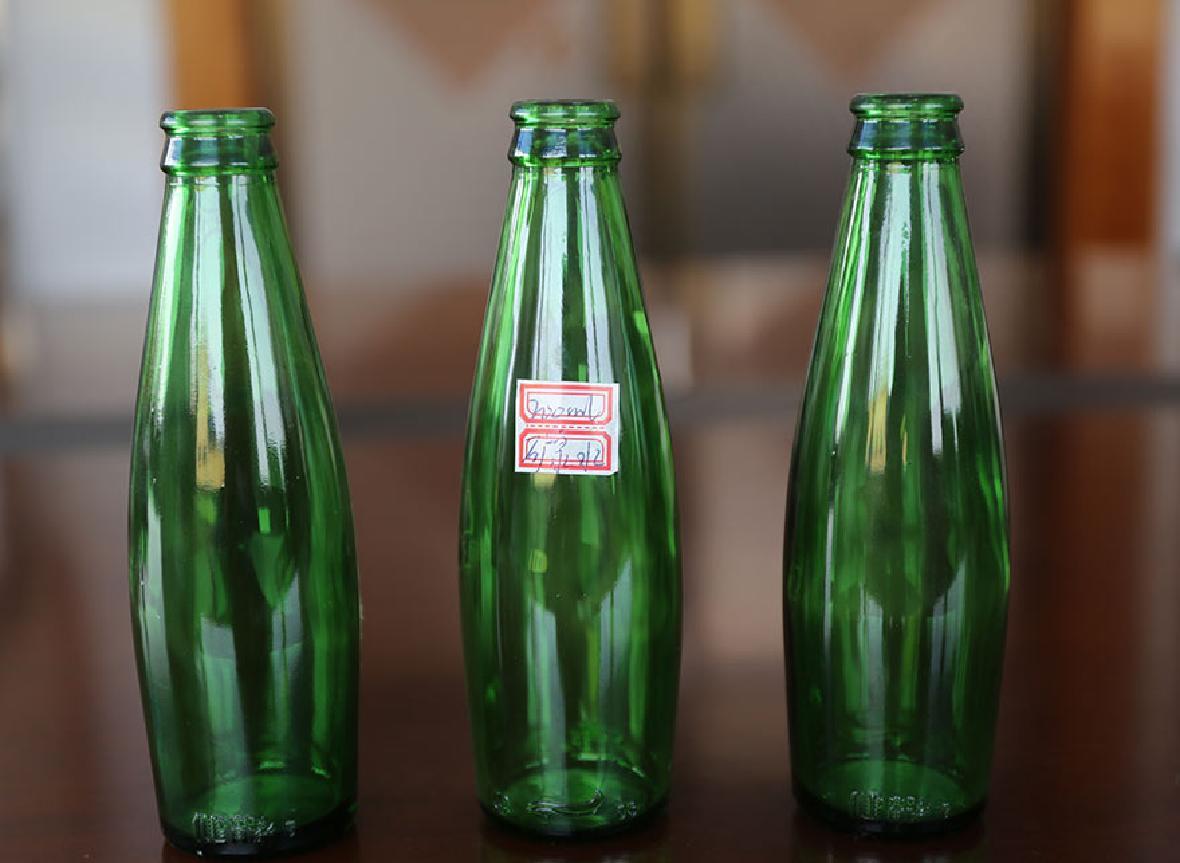Blog
How to determine if a green bottle meets the standards
Release time:
2022-12-19 13:15
It is well known that various utensils used in daily life must undergo a crucial quality inspection step on construction sites before they can be circulated in the market for consumer use. Glass containers are no exception; they go through several strict quality inspection stages before leaving the factory. Below, I will take the green bottle as an example to briefly introduce some quality inspection regulations for beer bottles, so that everyone can understand how to determine whether a green bottle meets the standards.
【Defects in Bottle Caps】
The mouth of the green bottle must not have hard spikes; the surface of the surgical seam must not affect the sealing integrity.
【Urinary Calculi】
The sealing ring of the green bottle must not have urinary calculi; the bottle body must not have urinary calculi larger than 1.5mm; there can be up to 2 small urinary calculi sized between 0.3-1.5mm without any cracks; the sealing ring must not have urinary calculi.

【Cracks】
The bottle body must not have any refractive index cracks.
【Bubbles】
The bottle body must not have bubbles larger than 0.6mm; there can be no more than 3 bubbles with a diameter of 1-6mm; the number of bubbles estimated to be below 1mm per cubic centimeter must not exceed 3; the bottle body must not have skin bubbles or surface bubbles.
【Mold Seam】
If the mold seam is sharp and prickly, it is immediately classified as waste for reprocessing; similarly, if the initial mold seam is obviously defective, it is also classified as waste for reprocessing; the height of the mold seam must not exceed 0.5cm.
【Smoothness】
The surface of the bottle body must not have obvious wrinkles, patterns, cold spots, small black dots, oil stains, or serious defects that harm its appearance.
【Internal Defects】
The internal cavity of the bottle must not have adhesive materials or glass fibers.
I believe that after sharing the above, when selecting beer, everyone can pay more attention to whether the green bottle meets the standards, which involves checking the shelf life of the beer bottle and whether the bottle itself has the above defects.
I wonder if you have noticed that most of the beer bottles we see are green. Although there are brown, blue, and even colorless bottles, green bottles are the majority. So, why are beer bottles green?
Using green beer bottles is common.
Although beer has a long history, the time for putting beer into glass bottles is not very long, starting around the mid-19th century.
Initially, people thought glass was just green. At that time, not only beer bottles but also ink and paste bottles, and even window glass had a slight green tint. Dr. Cao Chengrong from the Institute of Physics, Chinese Academy of Sciences, said: "This is mainly because the glass manufacturing process was not very advanced at the beginning, and it was impossible to remove impurities like sulfite ions from the raw materials, so the glass produced had a green tint. Thank you for reading, and I hope my sharing is helpful to you.
Related News

Sales hotline: +86-15954211456
Sales hotline: +86-15863023433
Add:No. 46, Youyi Avenue, Nancun Industrial Park, Pingdu City, Qingdao
E-mail:lbxiaoshou@163.com

WeChat public account QR code

Official website QR code
